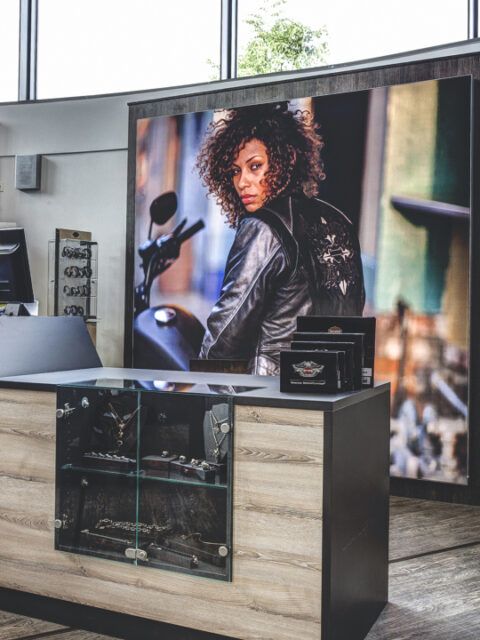Interview with Paweł (P.G.), CAPS technologist, experienced in new build and hotel refurbishment projects.
Interviewee: Katarzyna (K.P.), CAPS maketing specialist

Data from the CAPS hotel industry research of 2016
K.P: From the market research CAPS Group carried out in 2016, we found out that in the hotel industry hoteliers regularly renovate and refresh the hotel interiors to stay on top of the game. In the UK, for example, 72% of the respondents said they renovate the entire interiors every 3-5 years. And, every 1-2 years, they 69% carry out an interiors facelift. They do it mostly by changing décor and some fixtures. In Germany the numbers are 48% and 51% respectively. What challenges do hoteliers face when contracting shop fitters for a hotel refurbishment project?
P.G: Hotel interior make-over is a very serious undertaking. And engages a significant amount of time and money. Plus, the more partners and suppliers get involved in the process, the more difficult the whole project can get. And the result can often stray from the initial idea that the investor had in mind. That’s why at the very beginning it is critical to understand the customer’s needs and desirable end-result. It is important to determine the range of works needed to be done And the potential limitations in terms of budget, timeframe and the nature of the hotel. Sometimes, we might need to agree a compromise.
Understanding the idea behind a hotel refurbishment project
In one of our hotel refurbishment projects, Hotel zur Amtspforte in Germany, we had to also co-operate with the designer, who created the hotel room concept. And whose design we had to take from concept to creation. This was then one more party with which to build a relationship of mutual understanding and trust. We need this to be able to proceed smoothly with the project realisation. The end result was a well-run project with examples of good partnership with all the parties involved. The investor of the family-owned hotel was very much involved in the project himself. He clearly communicated his goal of turning his vision into reality, ensuring each and every aspect of the project was of the highest quality.
K.P: Right. Once everything is agreed, it is time to move on to actions. Do we propose the materials and technology that would result in delivering an optimized solution for the customer?
P.G: Exactly. It is extremely important to adjust to the designer or investor’s idea right from the start. This includes the selection of the most suitable technology and materials in terms of their attractiveness, durability and cost efficiency. Hoteliers are certainly looking for the optimum combination of visually attractive and quality solutions. Material durability is especially important in the case of fixtures and fittings that are exposed to heavy user traffic. And therefore prone to quicker wear and tear. For hotels it usually means all the common areas such as reception, dining areas, corridors, but also some in-room furniture. This trend was reflected, for example, in the already mentioned Hotel zur Amtspforte project.
The other dimension of an optimised solution is the technology. Within the manufacturing facilities of the CAPS Group we have the capability to organise production operations. And this way we can optimise the use of machinery against labour cost.
Hotel furniture materials: combining style and durability
K.P: What kind of material optimisation improvements did CAPS suggest to the Hotel zur Amtspforte project?
P.G: The investor was looking for an attractive, designer style finish of the hotel interiors while using very good quality materials. Durability was also very important.
We therefore paid a special attention to all the areas that receive a lot of traffic. And thus are more susceptible to damage. We identified all these “weak” points and reinforced them by applying more durable materials. For example, we used a stronger HPL layer for in- room suitcase racks. And special anti-moisture materials for window sills and bathroom counter tops.
You can’t beat natural materials
But then, for a more visually attractive look we advised using real wood for décor application such as openwork panels. There was no technological reason behind applying a wood-like material so we went for the real thing. And the result is extremely pleasing.
Natural materials have always been and will continue to be more desirable. However, for certain applications we should consider a compromise and choose functionality durability over the initially specified material type. This is exactly why we advised using more durable HPL material instead of natural veneer included in the project specification.
Altering material specification brings however another challenge: keeping all the elements within a consistent style and colour scheme. Each and every single detail matters. As they say, ‘the devil is in the detail’. This is the challenge an experienced partner can accept. And find the right solution to deliver the best result.
K.P: Thank you for the conversation and I wish you more successful project realisations in the hotel industry.
P.G: Thank you!




